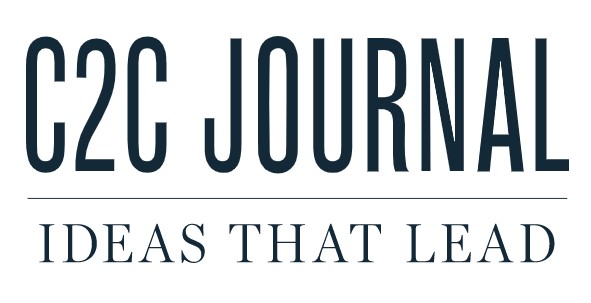There was much expectation placed on Alison Redford’s first Alberta cabinet, announced last Wednesday. At issue was the expectation of change, a main theme in her leadership campaign.
But the change theme has been over stated. There are only so many new people she could choose from. As a progressive, some expected that there would be more women in the cabinet. While it was not a campaign issue, folks in the media got it into their heads that she has to be in favour of more women in cabinet because the premier is a woman –and might even conclude that is NOT in favour of more women because she in fact did not appoint more women than expected. In reality, however, one cannot make those conclusions either way.
The cabinet achieved a good balance of new and old, considering what she had to work with; that is, a set number of people whom she inherited as the crop that the Alberta electors sent in to Edmonton at the last election. These were MLAs sent in under Stelmach’s leadership. As with gender and numbers, the premier also has a limited pool of talent in the caucus. With those constrains, Redford chose more than a few new faces, most of whom are inexperienced and untested. She will give them between now and until whenever the next election will be to prove their mettle. In the meantime, she also chose some old faces.
Hancock, Horner, Liepert, Denis, Griffith, and Morton are all there. Redford showed generosity and professionalism by calling Liepert back to cabinet after he has publicly disagreed with the new premier on an investigation into allegations regarding the healthcare system. She switched him from Energy and promoted him to Finance. I thought that there was a missed opportunity her to reunite the Treasury and the Finance departments to show some fiscal prudence. Instead, she chose Horner for the Treasury.
Morton was given Liepert’s place in Energy, another generous move one might add in light of Morton’s show of allegiance to Mar after the second round.
There is a fairly proportionate number of Calgary and Edmonton senior ministers, and the same can be said for an urban-rural split.
By and large, this was a better and smarter built first cabinet than Stelmach was able to put together five years ago.
All eyes will be on the new members to see how they perform.
If Redford truly wants change, she will have to put off an election and resist the temptation of calling one sooner this fall, the temptation to stomp the Wildrose, who are not fully prepared. She will have to give the new cabinet members a chance to prove themselves to her and to Albertans, and she will have to giver herself the chance to attract a significant pool of new and energetic talent to come into her team in expectation of the next election, if change is what she means to give Albertans.
If she were really bold, Redford would have chosen a couple of capable new people from outside caucus, appoint them to cabinet and have them run in a by-election later. But she opted not to risk an early show down with Wildrose.
From the many things that one can learn about Alison Redford, watching the constitution of the cabinet and how she has gone about it we learn that she’s played it safe. Speaking of attitude only, we learn that she has opted to be more conservative than progressive.


